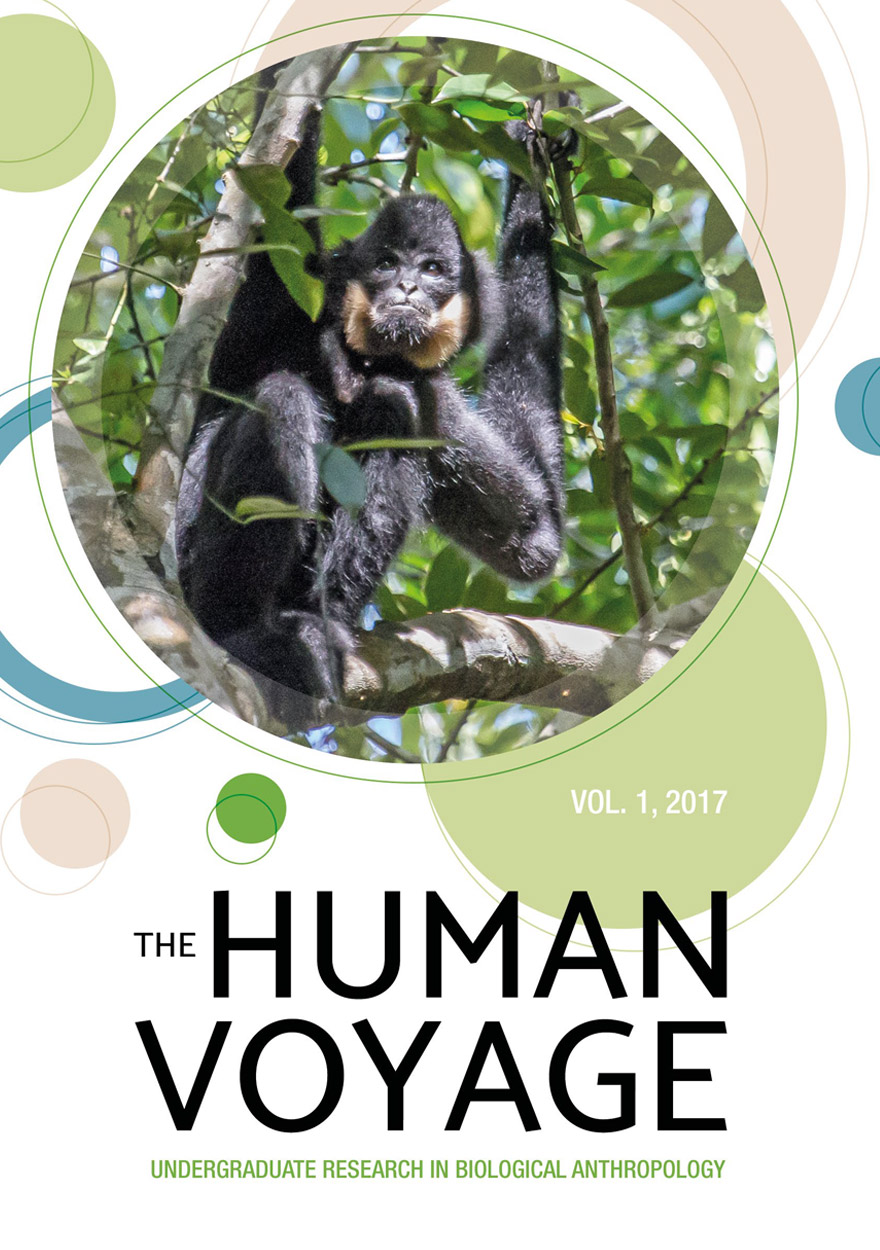Primate social structure as a predictor of modes of communication and the ability to learn a human language
Main Article Content
Keywords
primate, social structure, social complexity hypothesis, language, great ape
Abstract
For little over five decades, scientists have attempted to teach nonhuman hominids to communicate using human languages. The decision to utilise nonhuman hominids for this area of research is often attributed to their close genetic relatedness and similarly complex social structures to humans (Gardner and Gardner 1978). However, there has been minimal explanation in the literature as to why more complex social group structures allow for successful human language acquisition. Furthermore, there has been no investigation into whether other nonhominid primates, who may be more genetically dissimilar to humans but share similar social group complexity, could also be good candidates for human language acquisition. The following essay will argue that nonhuman hominids are likely successful at human language acquisition as a result of the social complexity hypothesis—a theory that states there is a positive association between social group and communication complexity (Freeberg et al. 2012). It will be proposed that the social complexity hypothesis may also be useful for identifying potential nonhominid candidates for future primate language acquisition research. However, future research should also analyse language acquisition in genera that do not appear to follow the social complexity hypothesis, to determine whether learning human languages requires only social complexity or communication complexity, and not both in combination.

